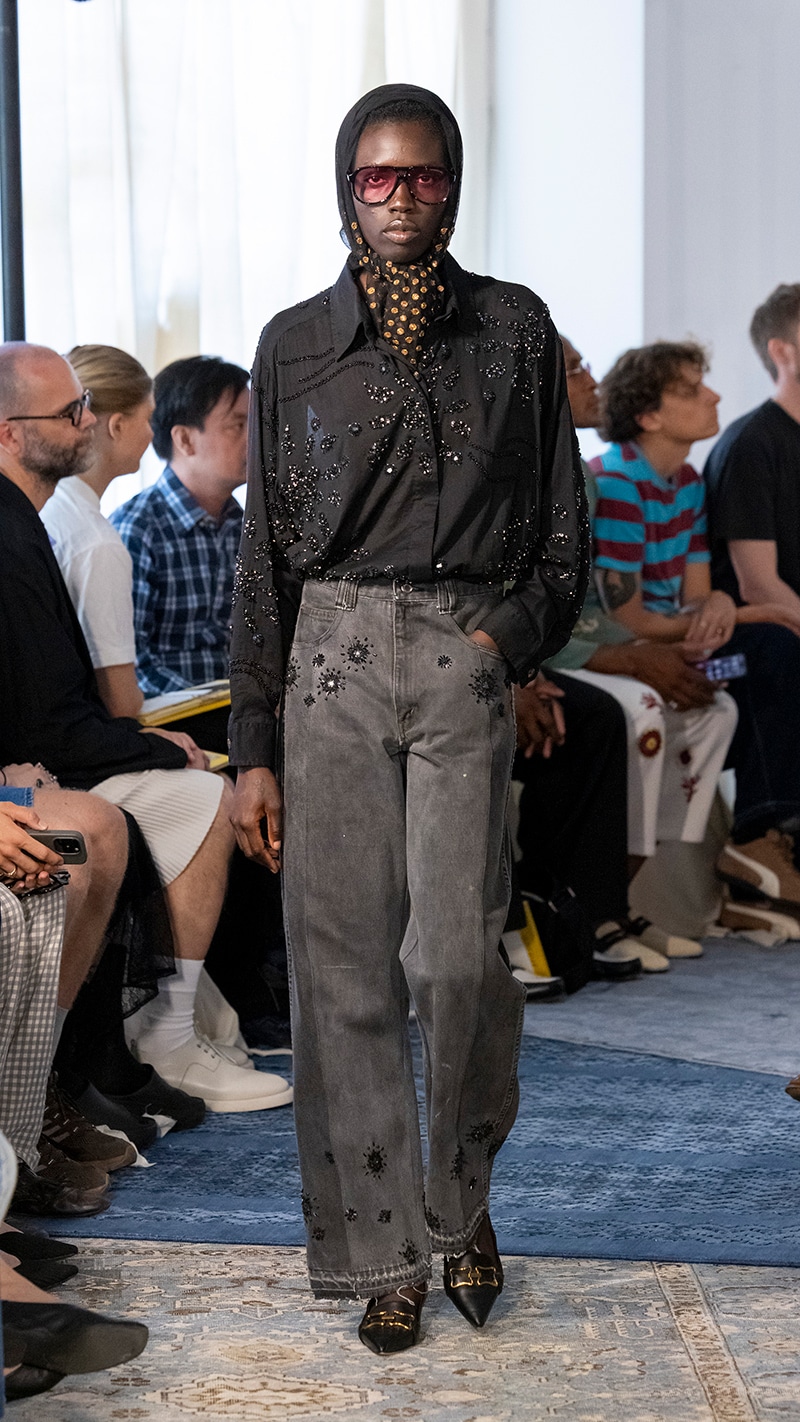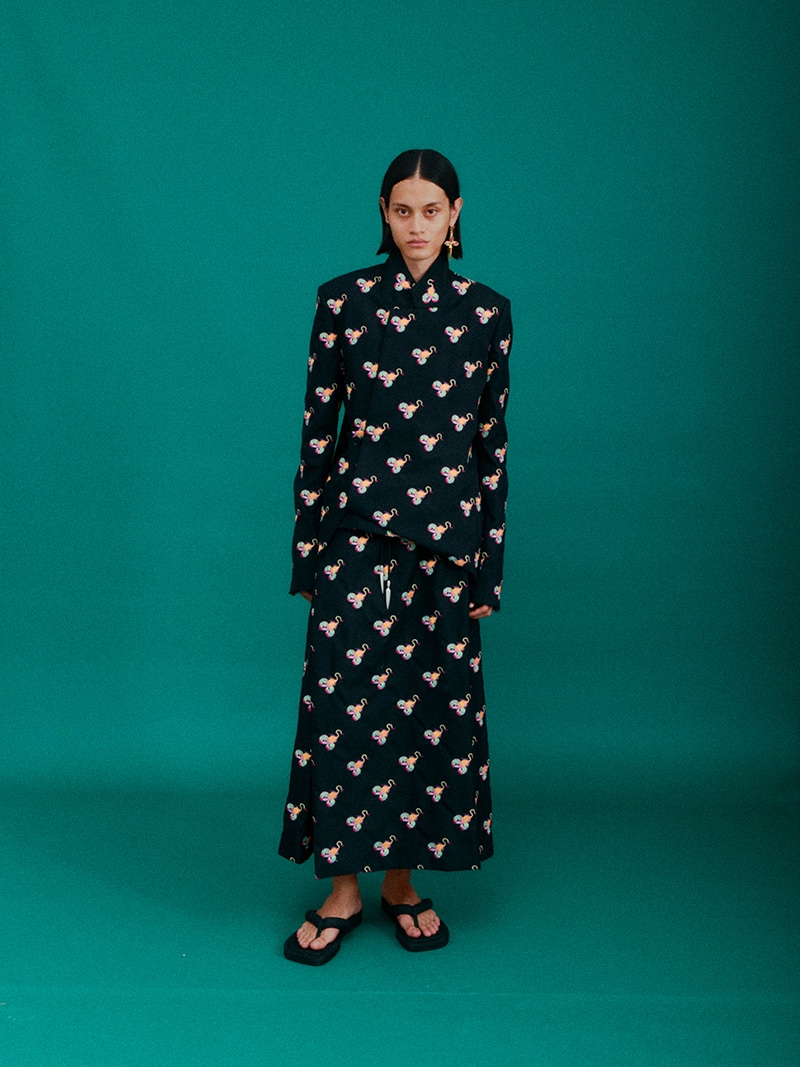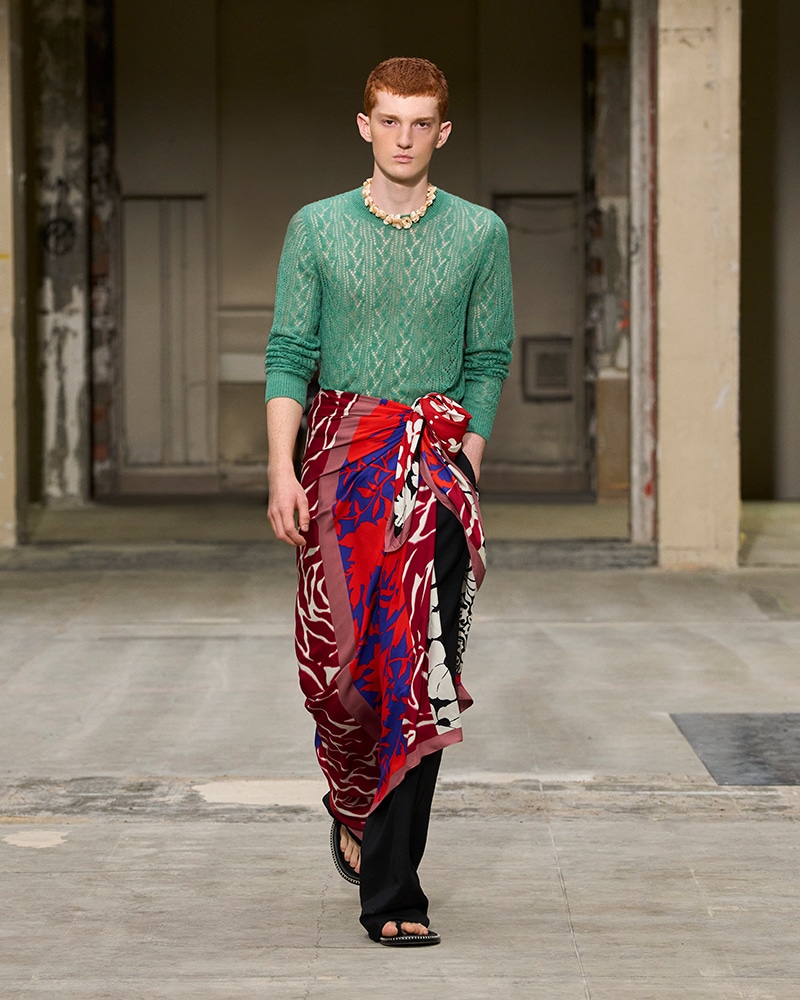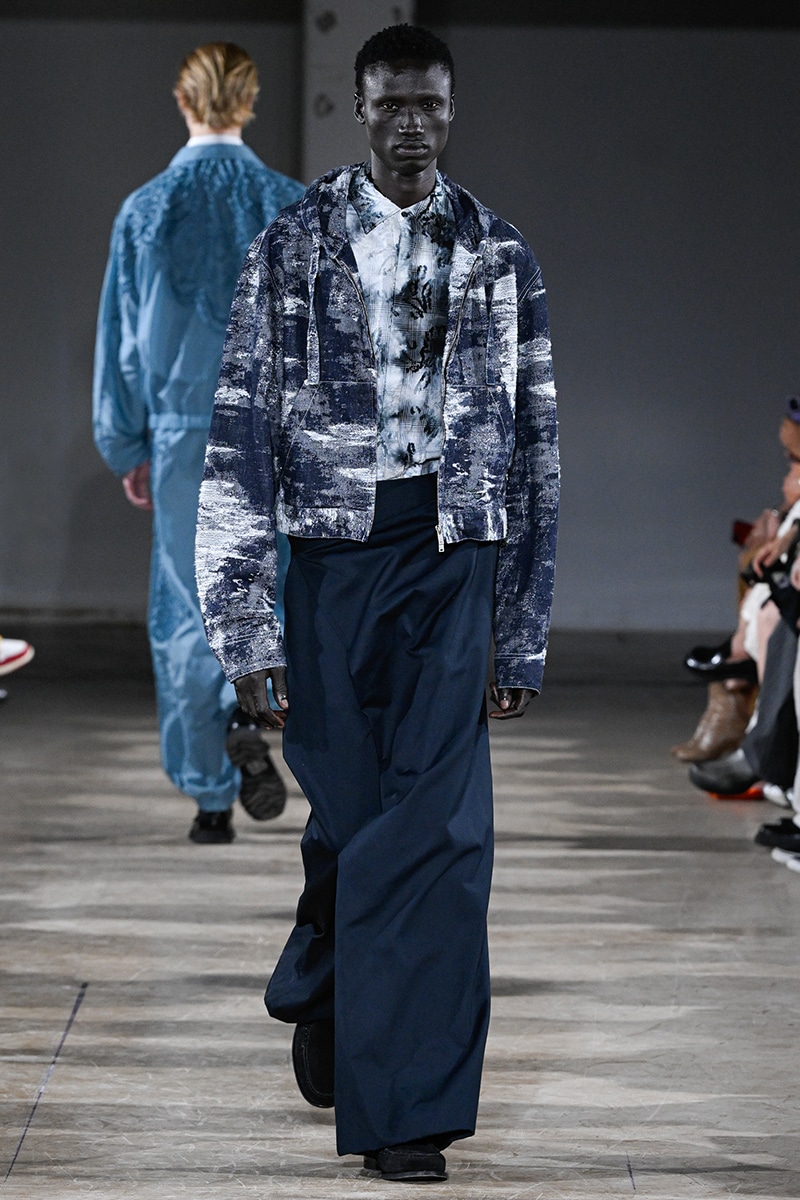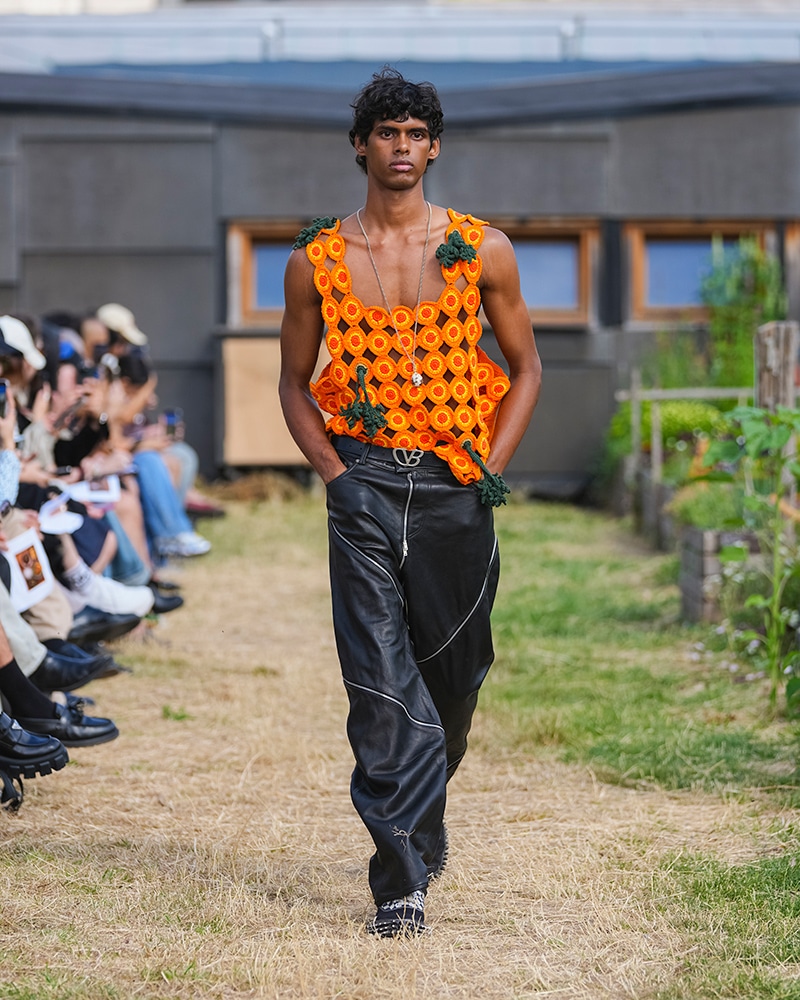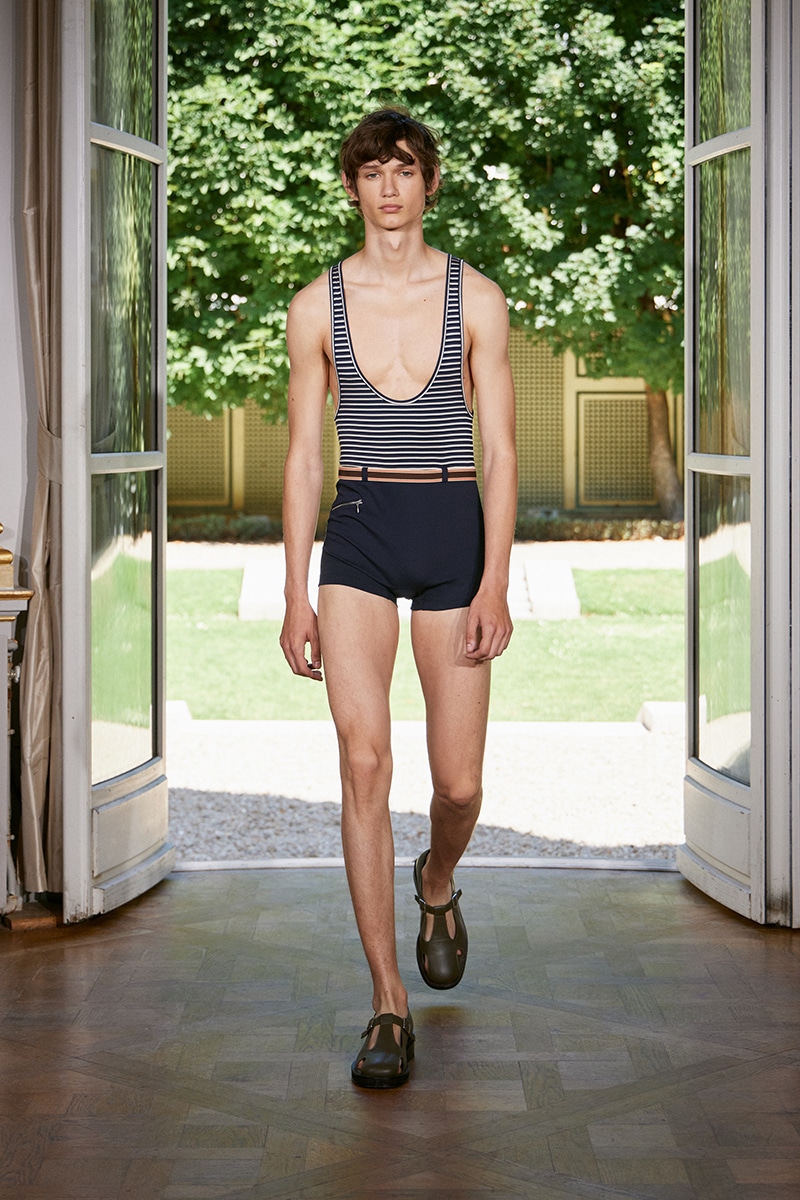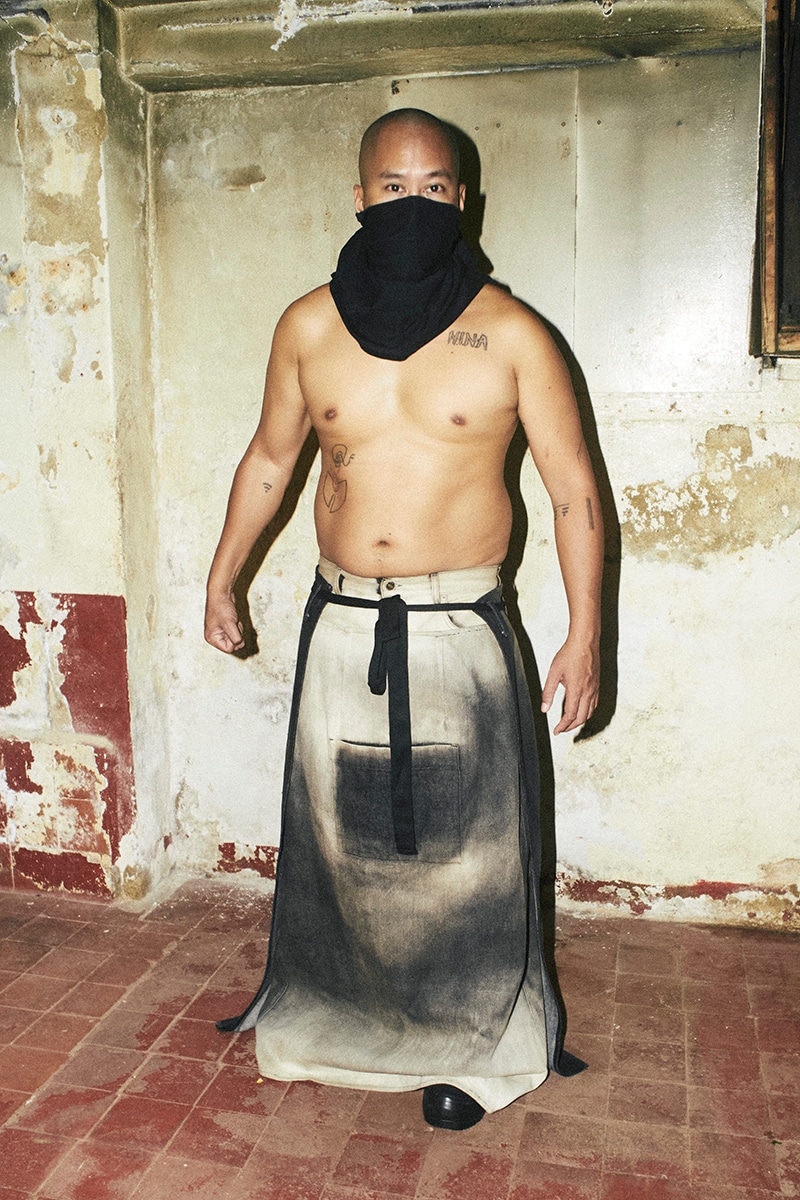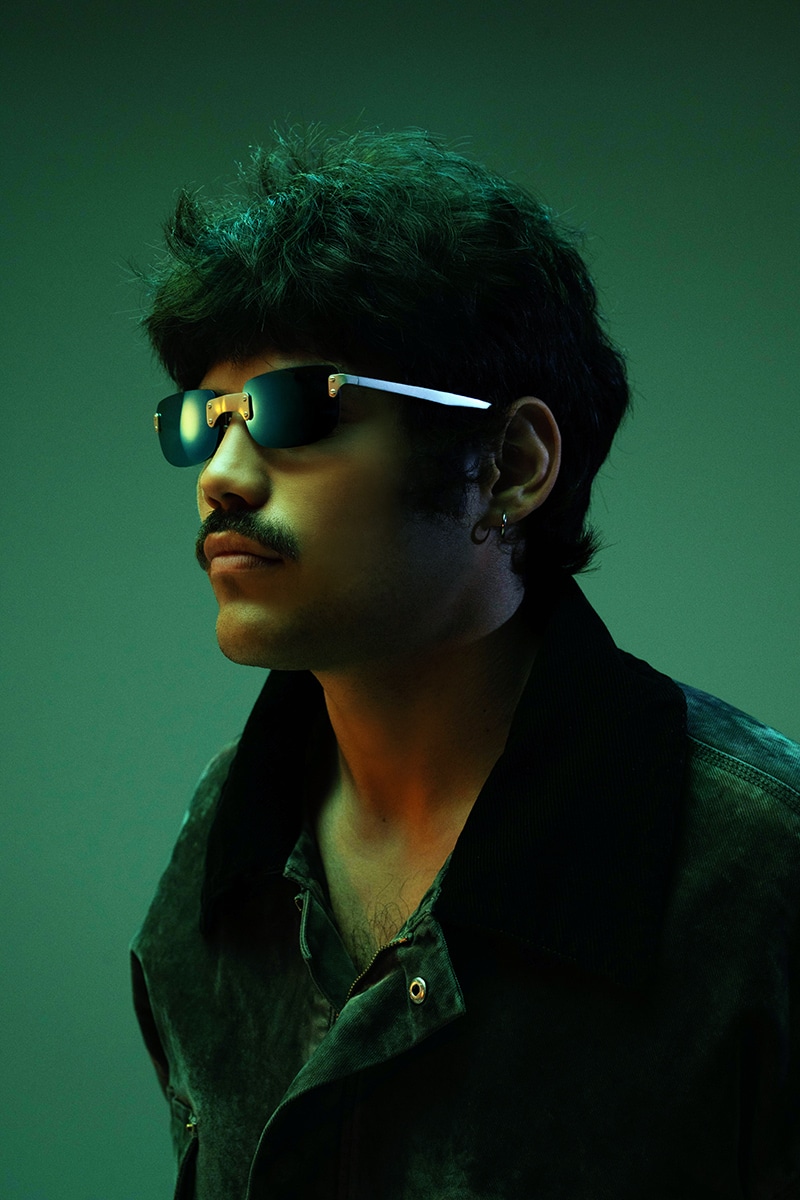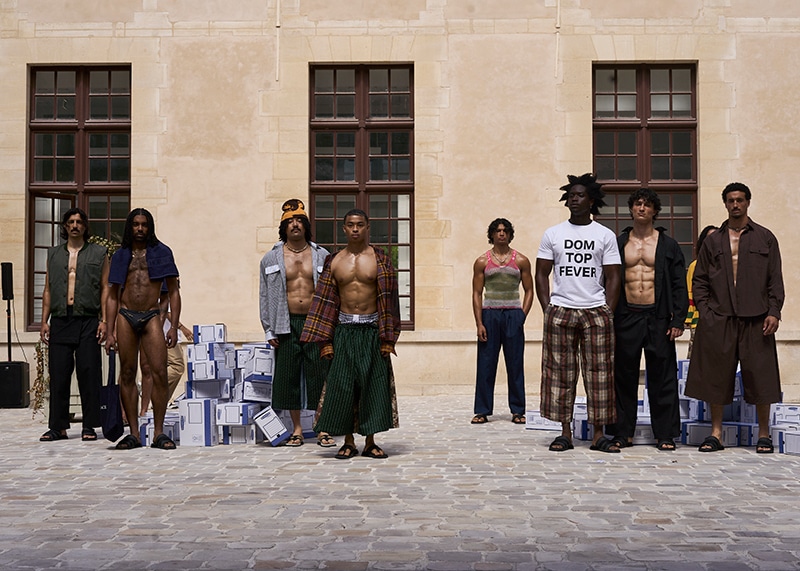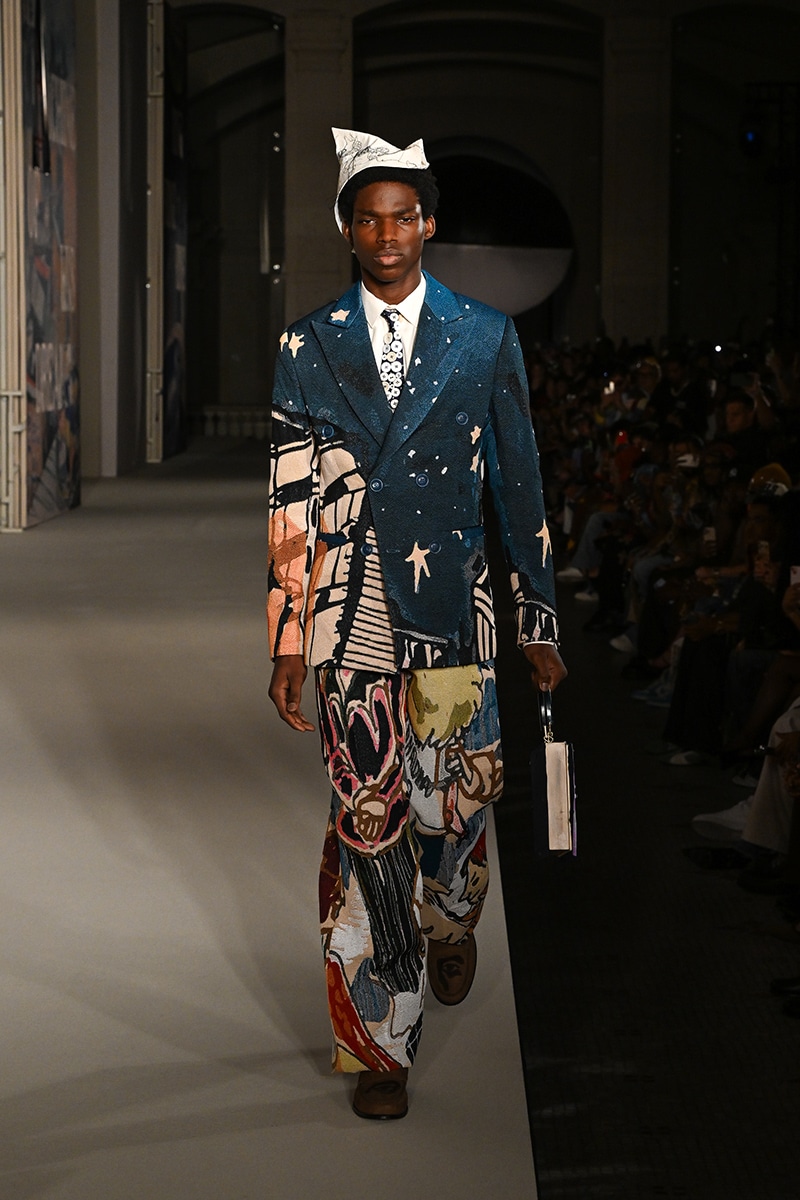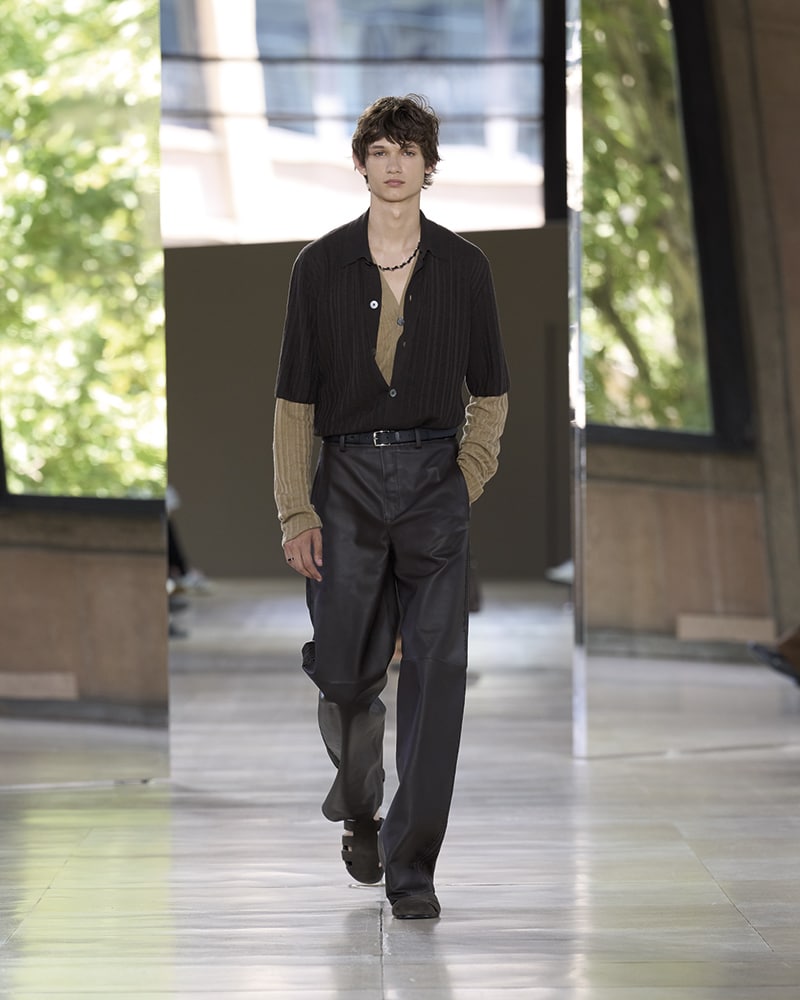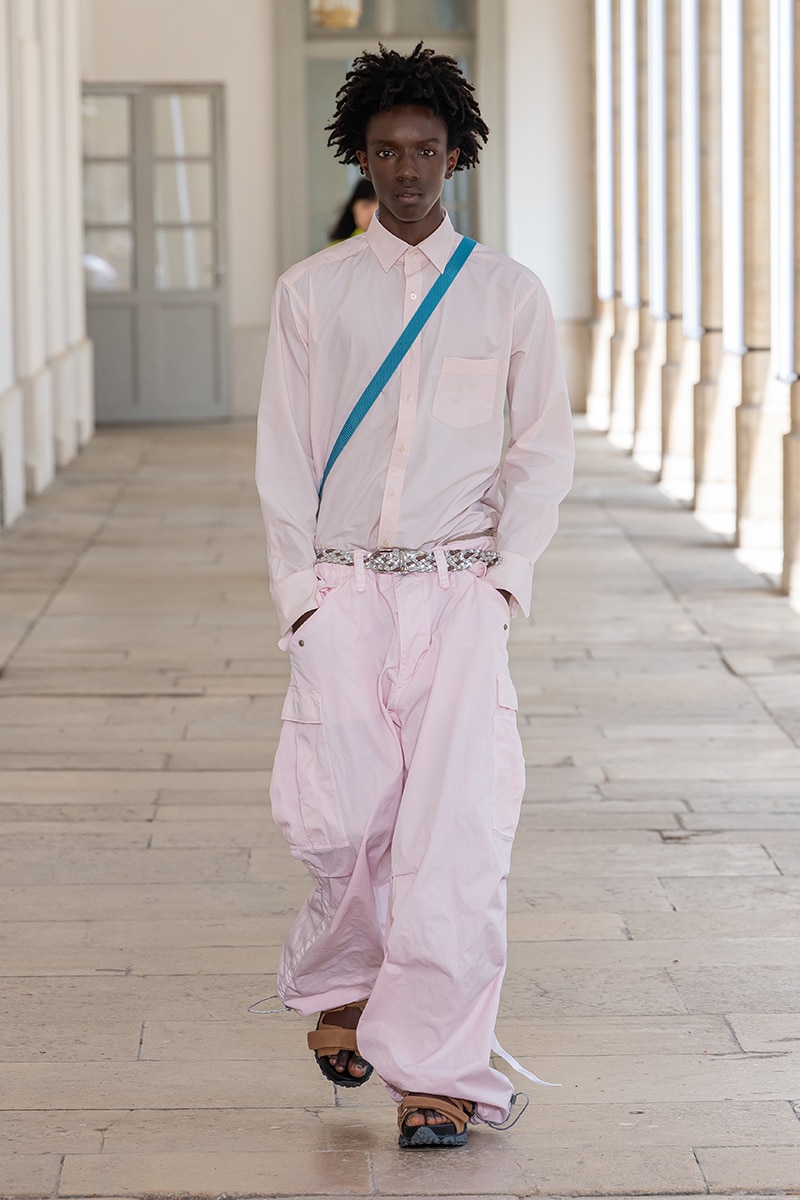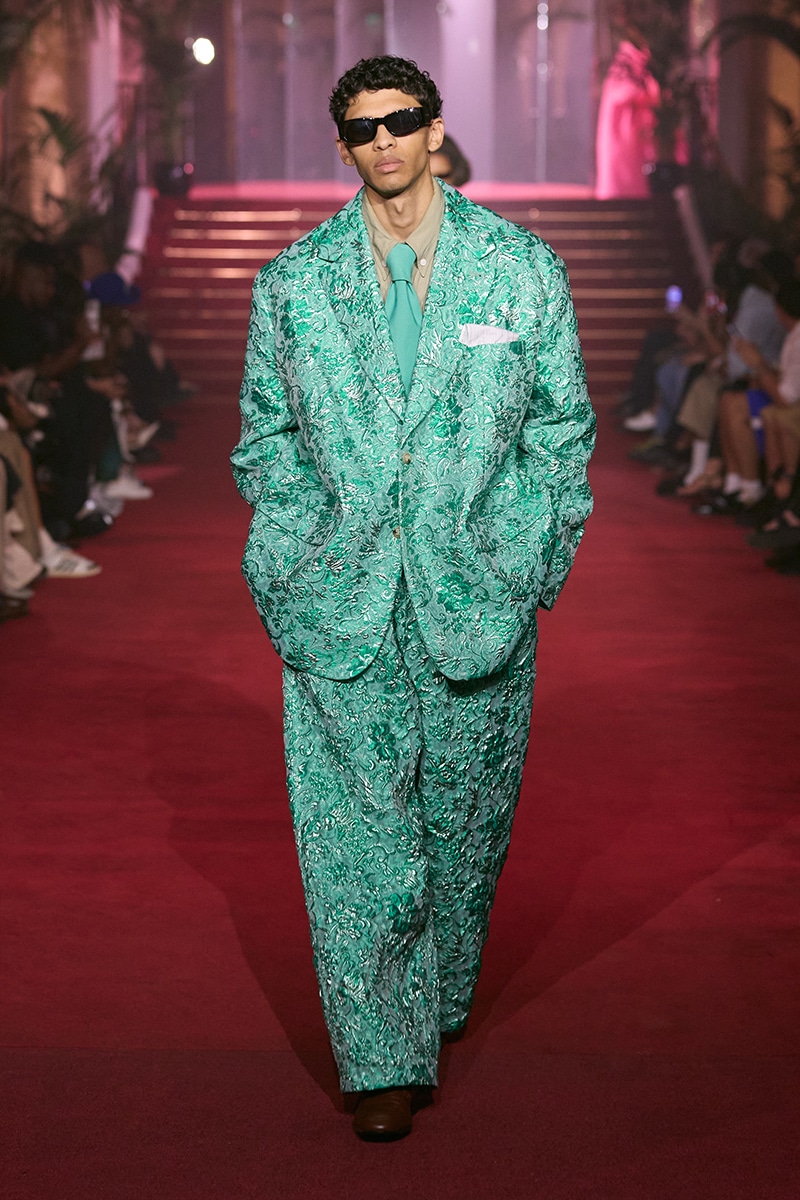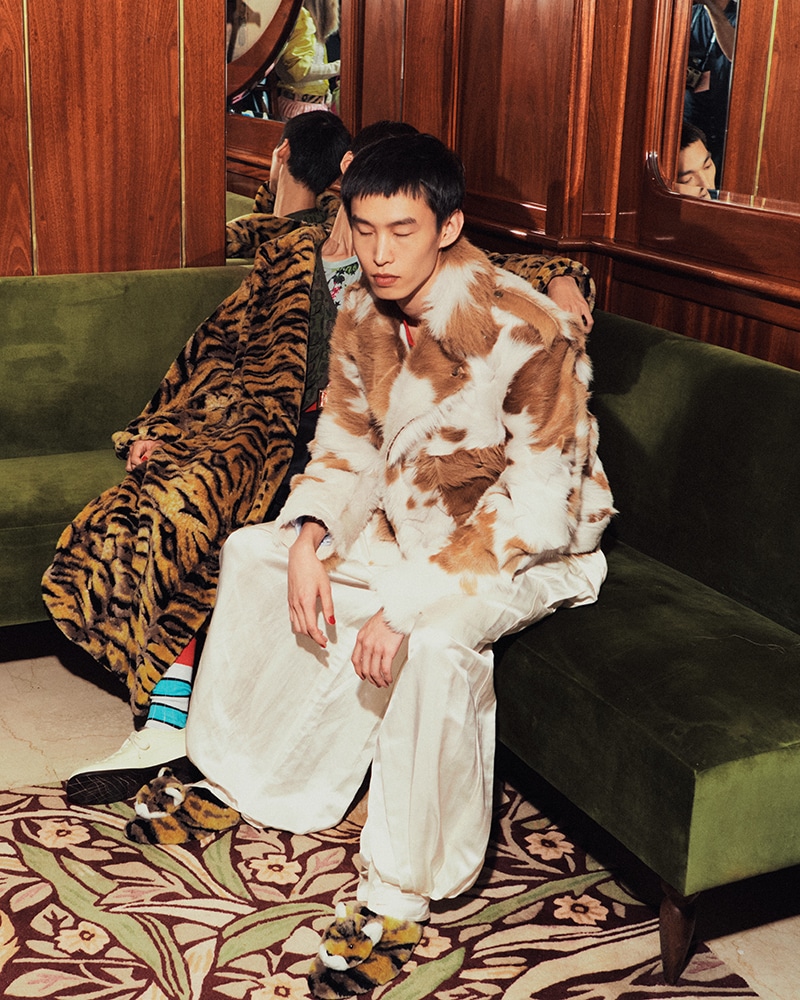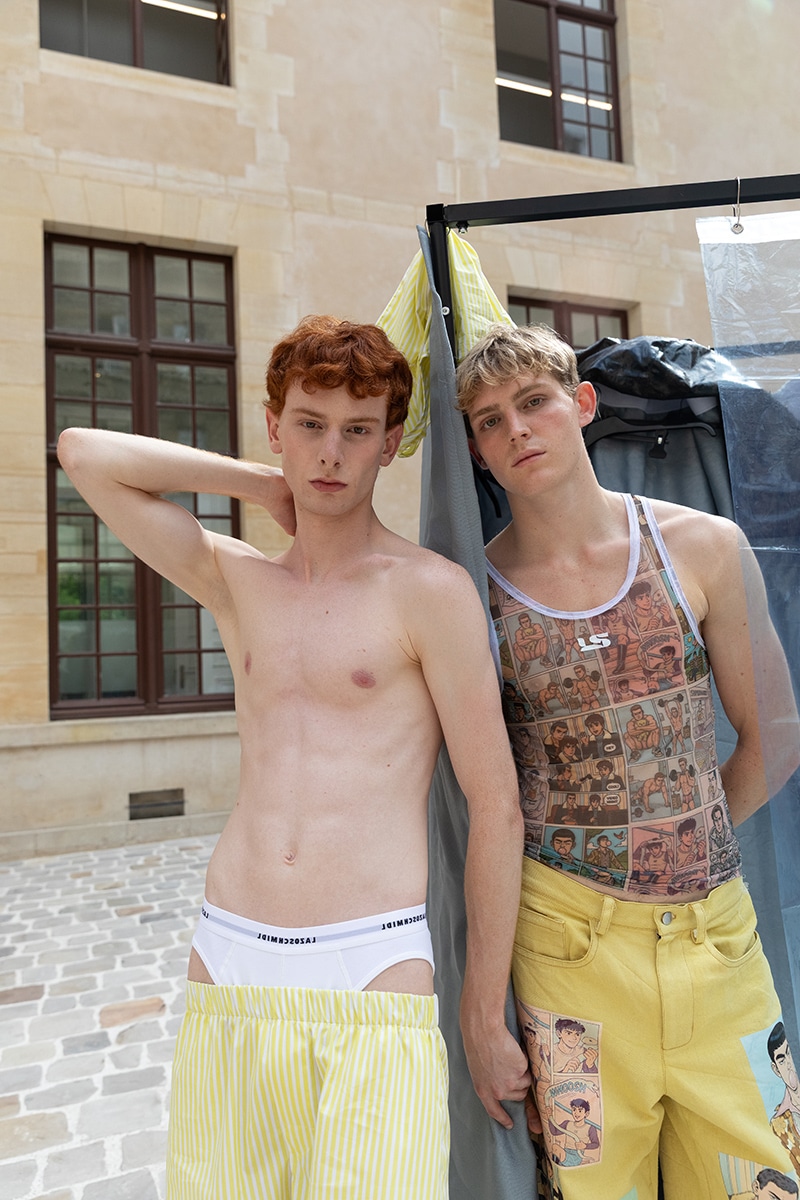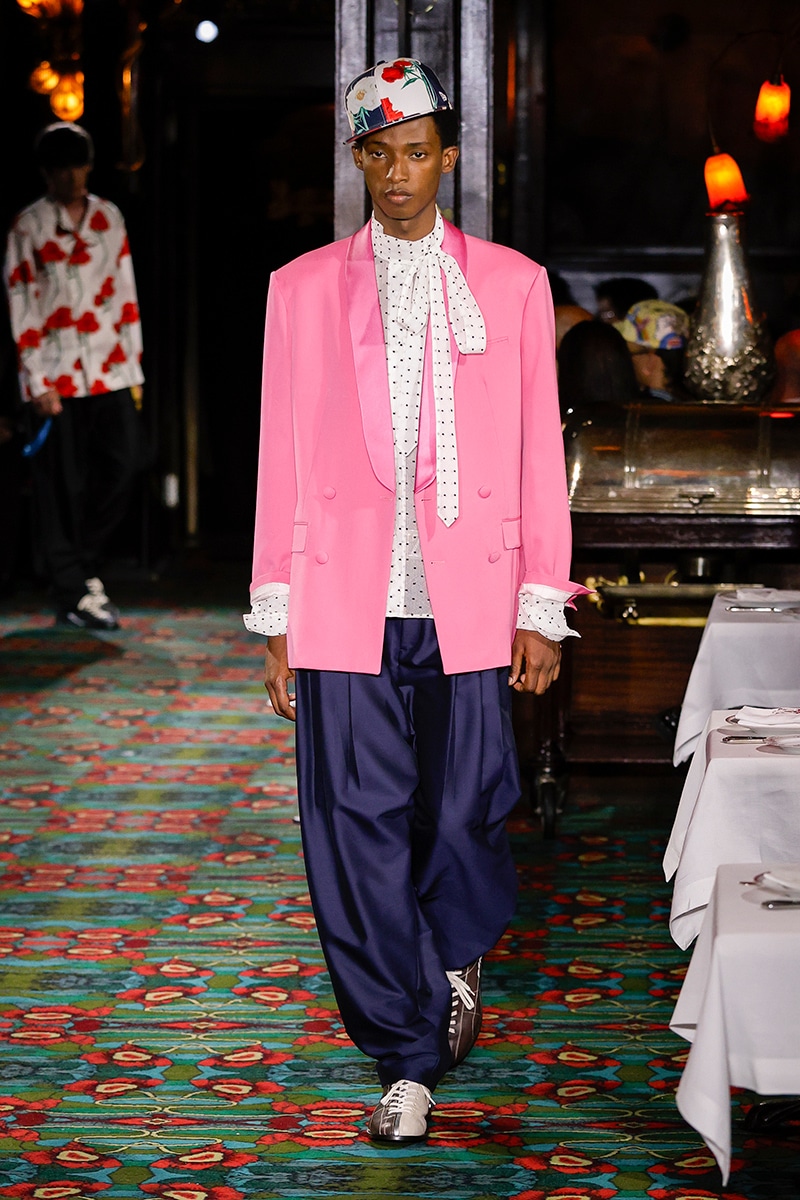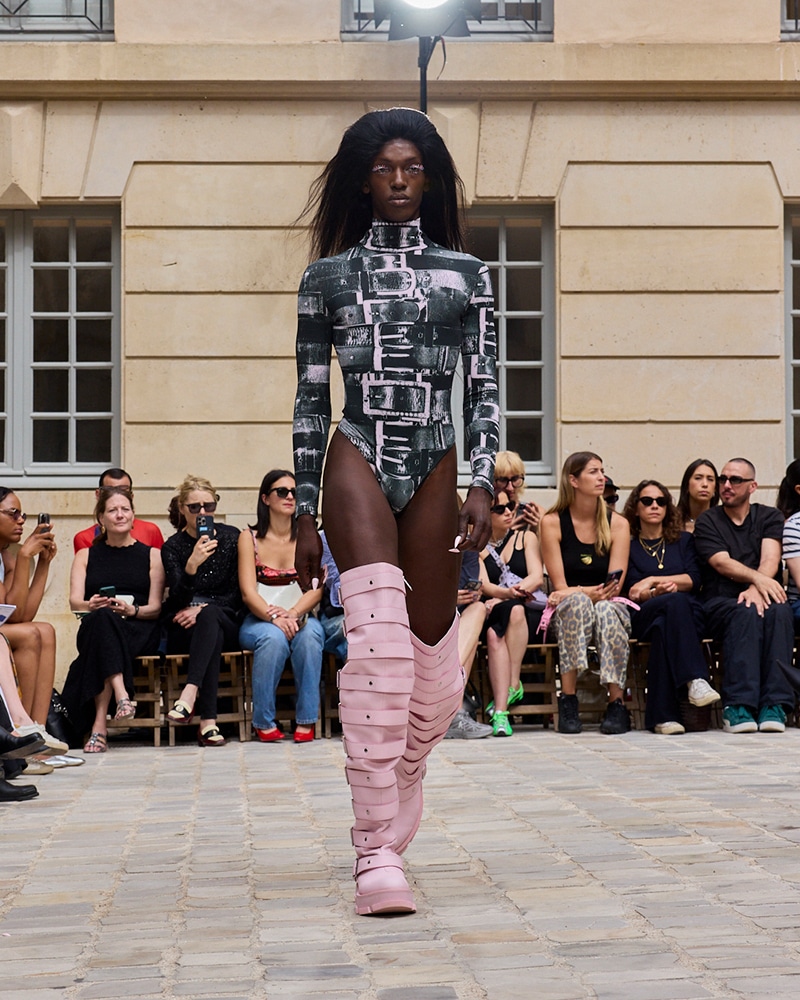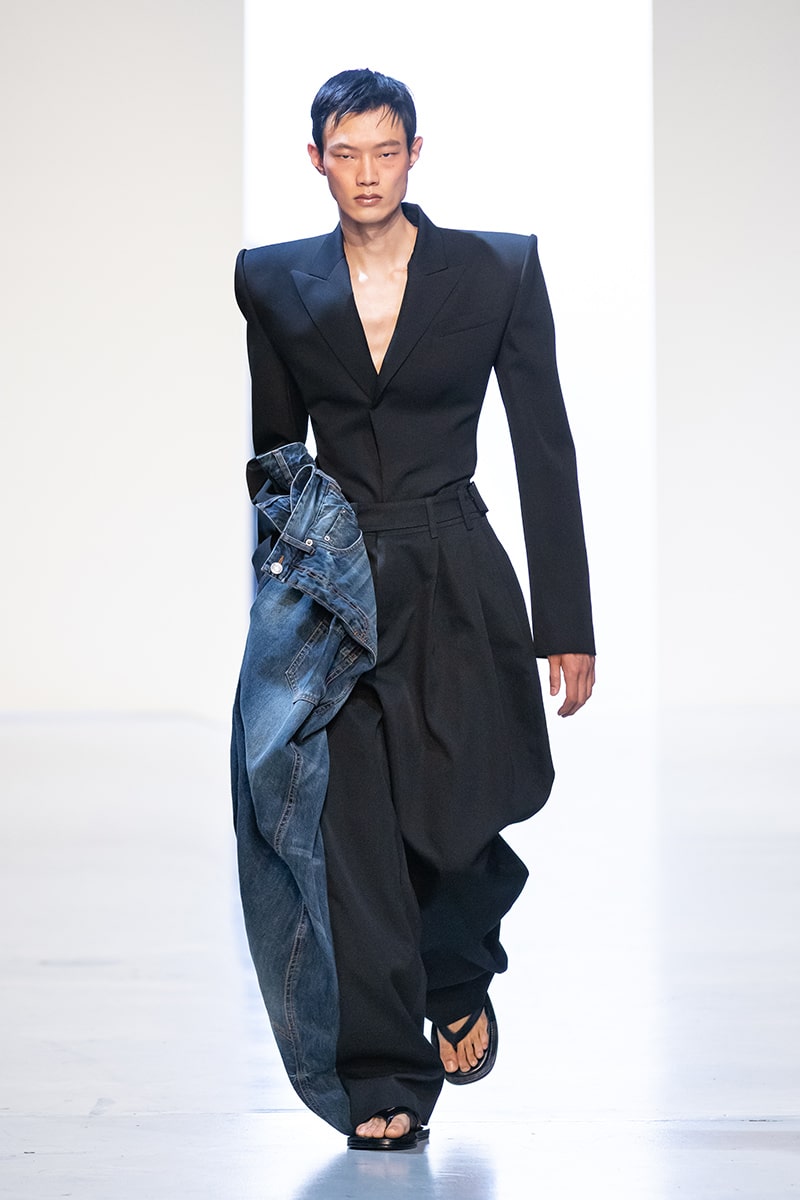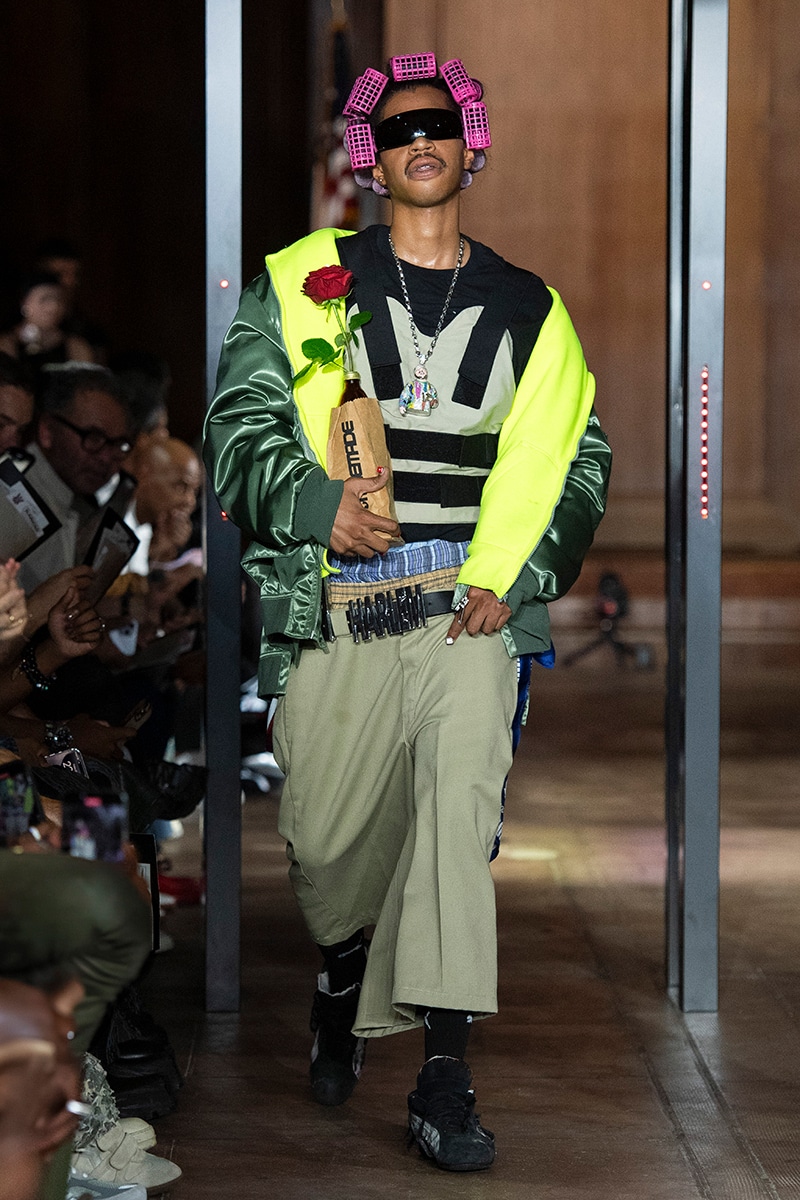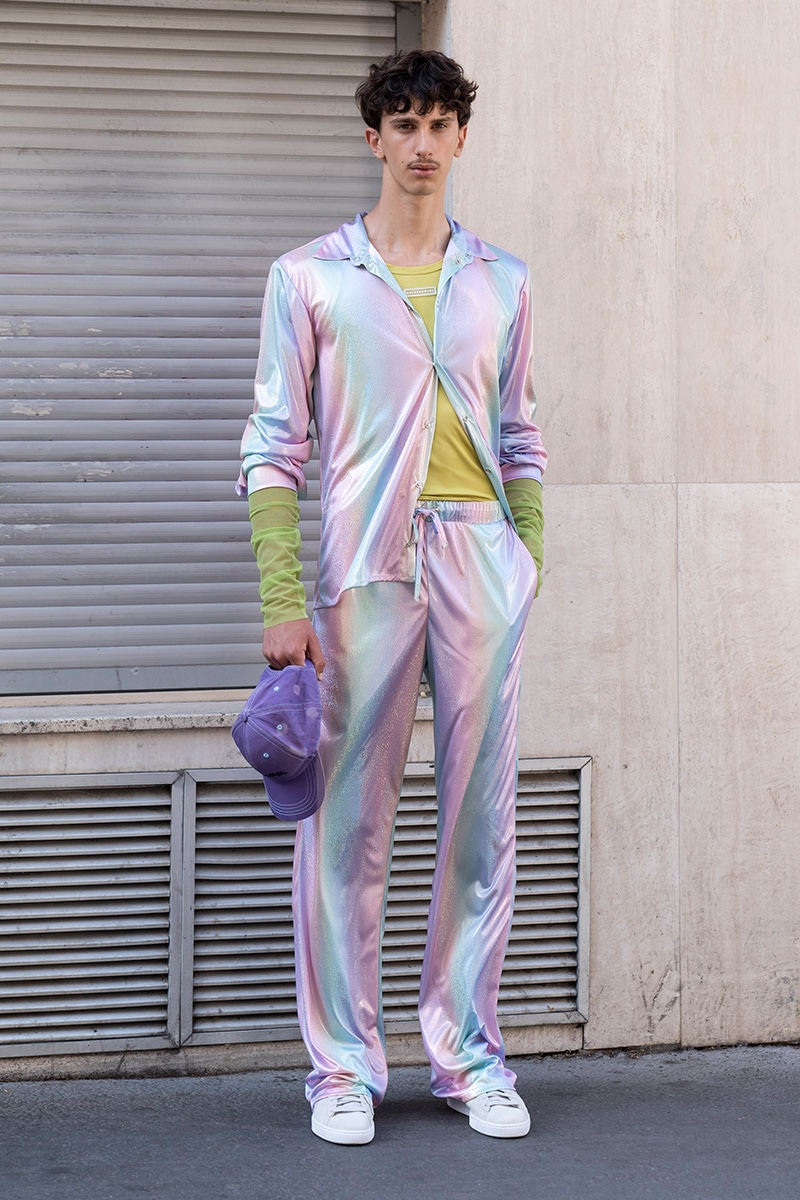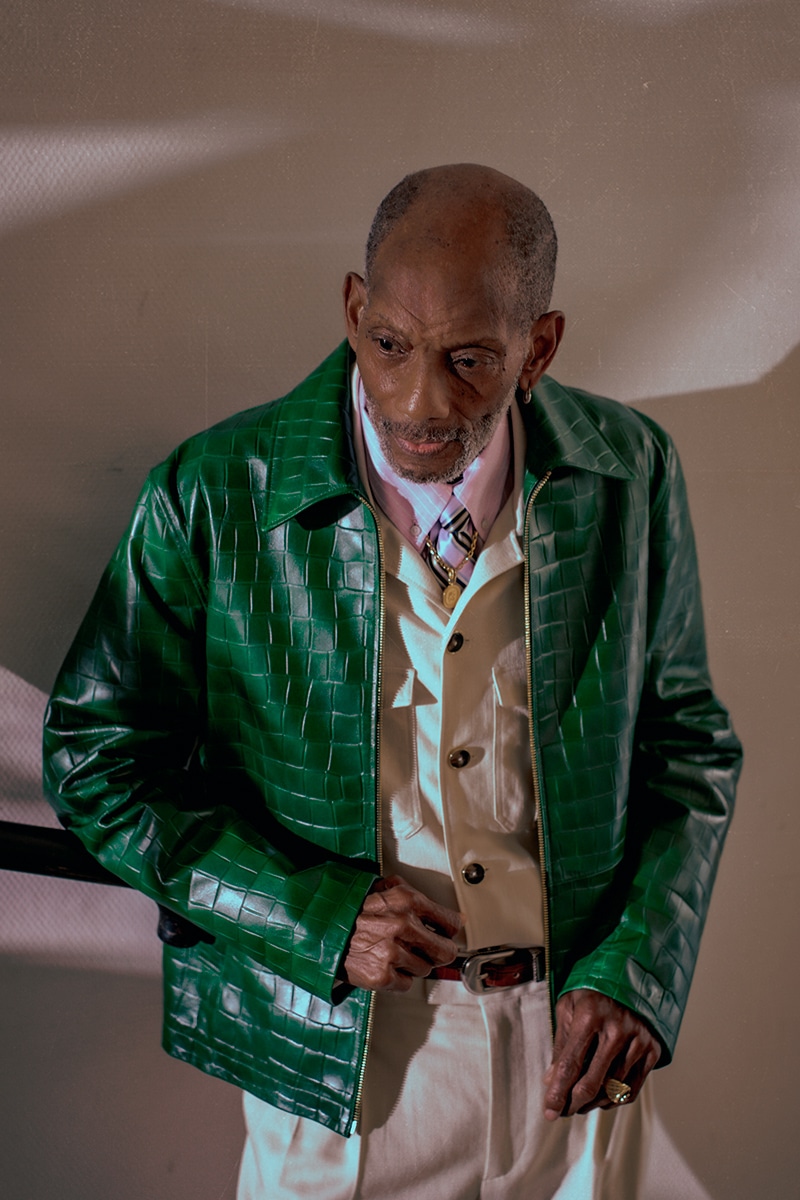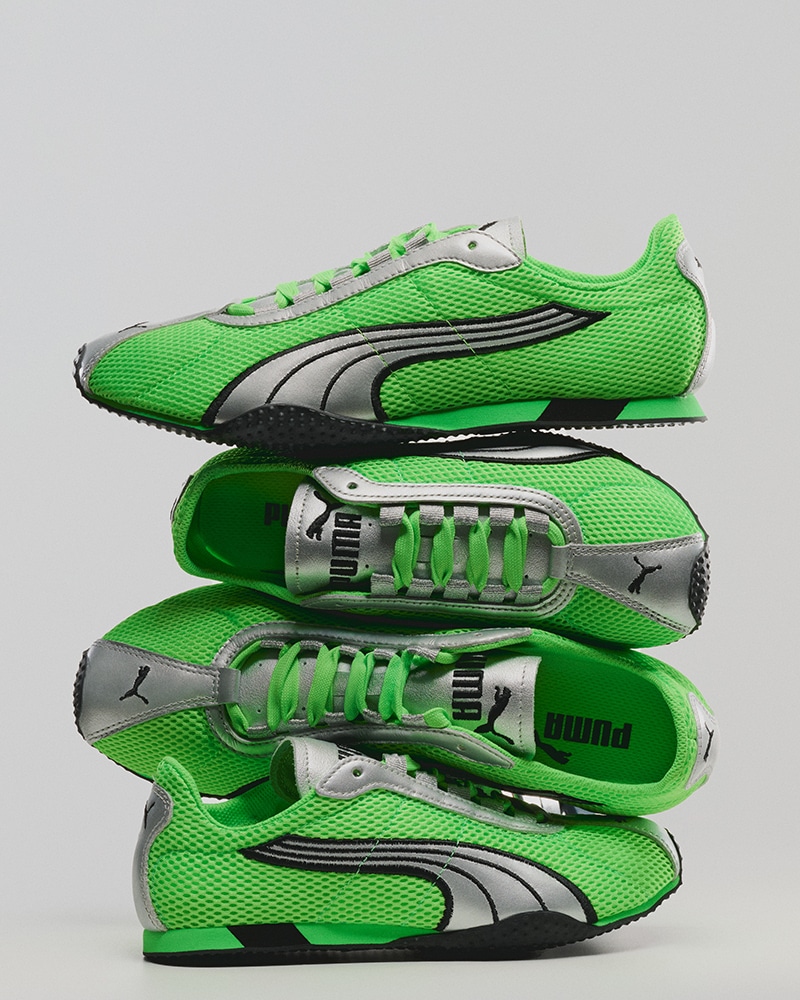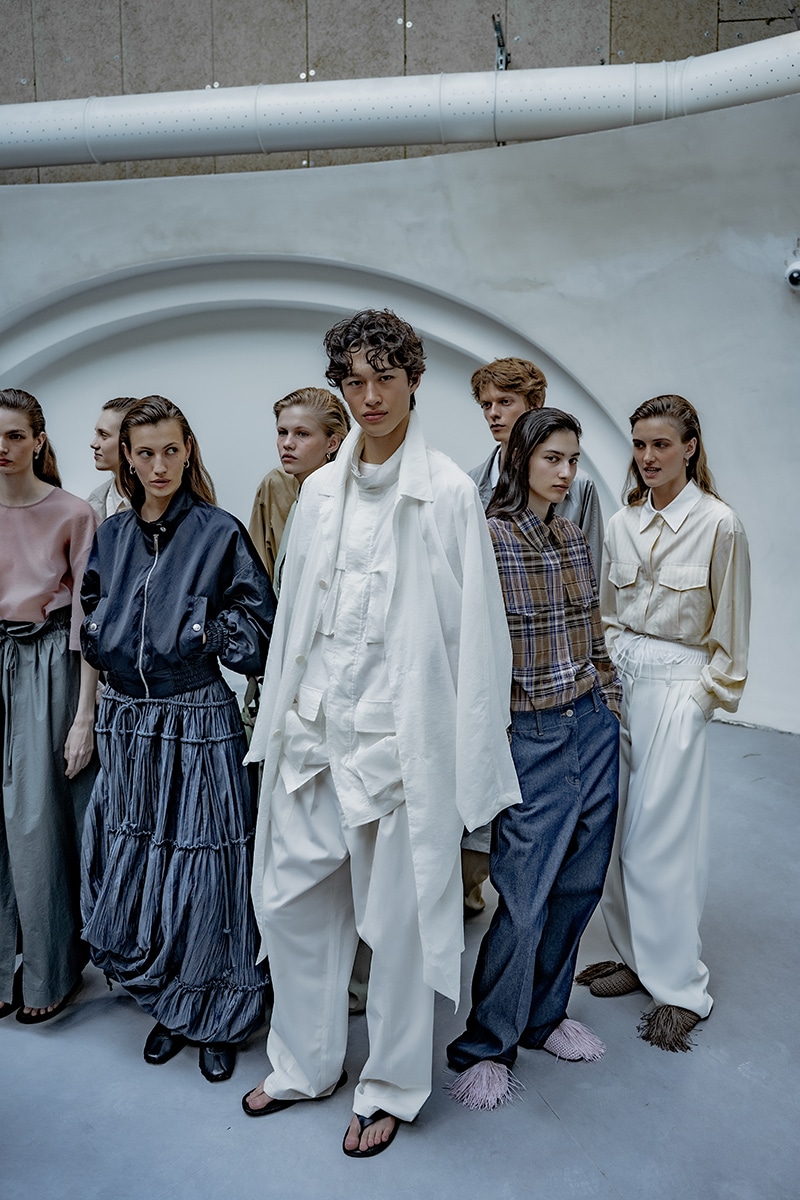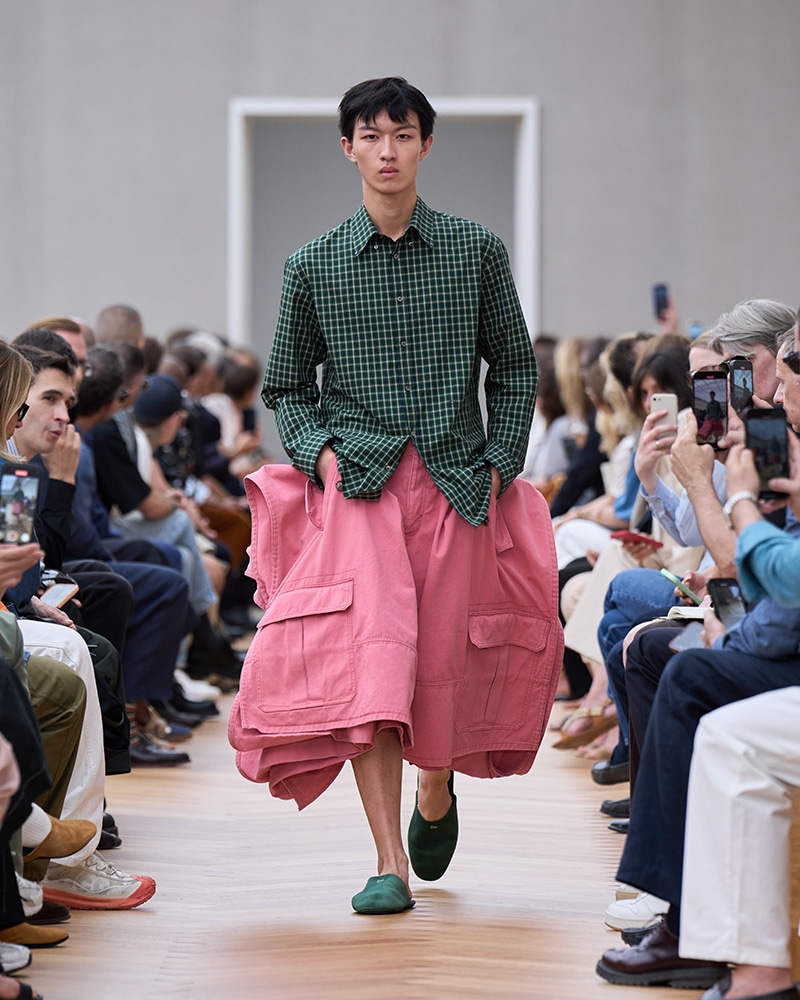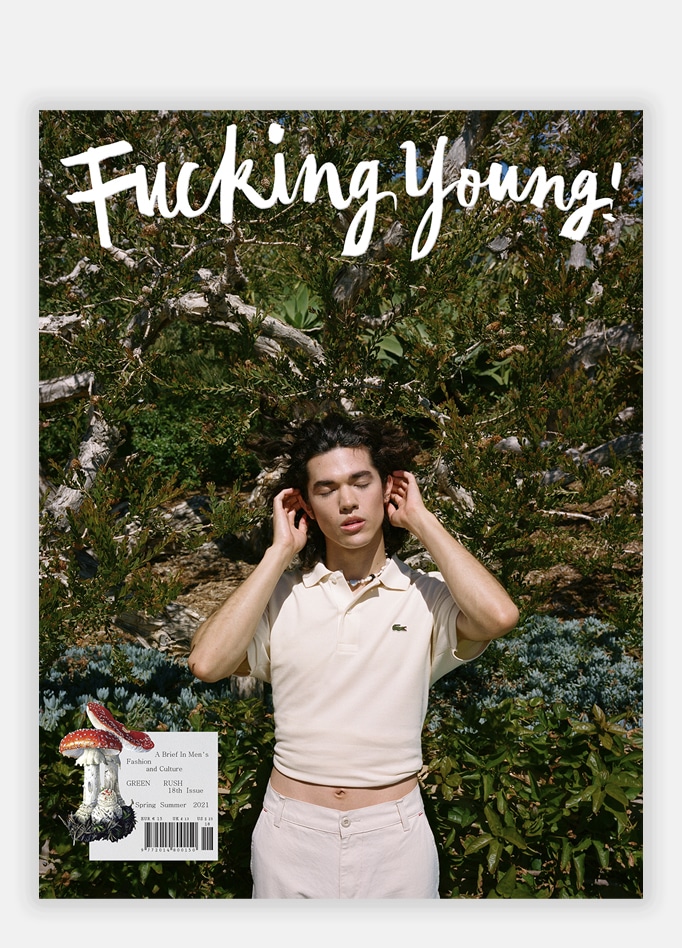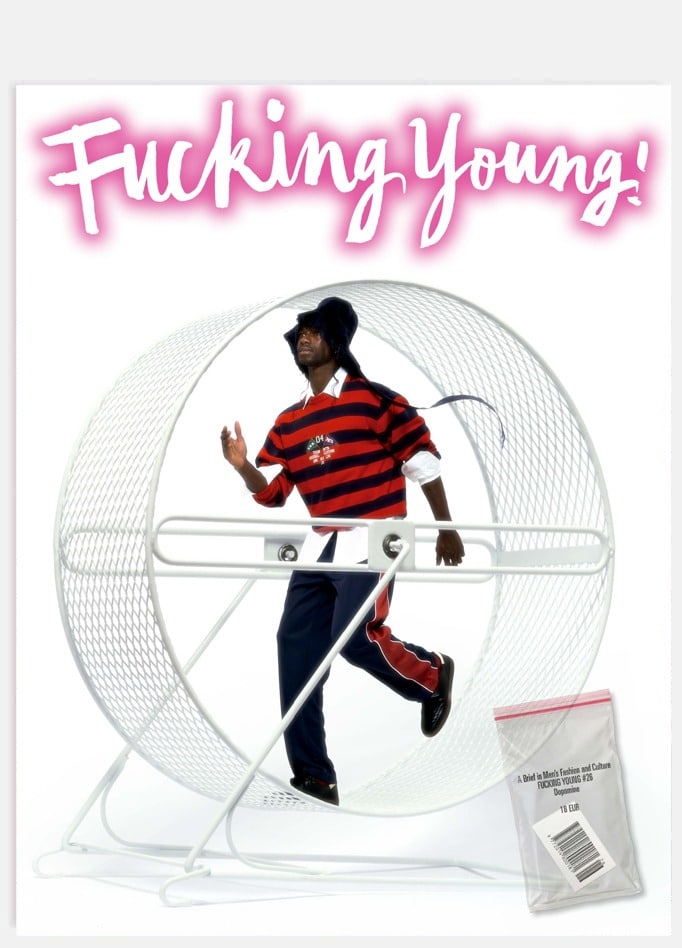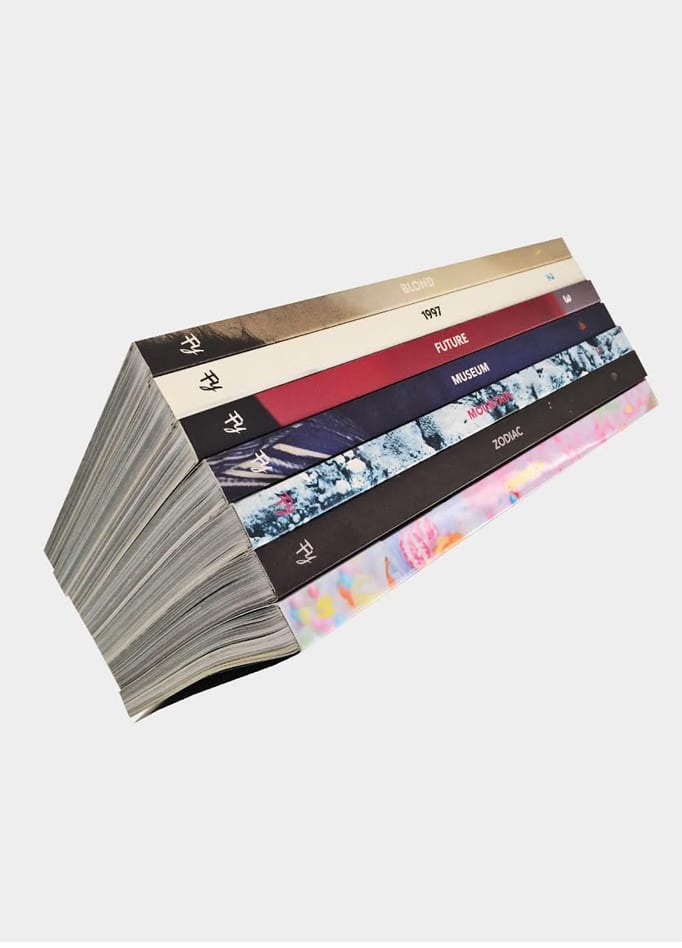“Es war wahnsinnig aufregend. Meine Mutter packte tagelang Koffer und Kisten. Ich begriff, dass für uns ein neues Leben anfing”. – Wir Kinder vom Bahnhof Zoo, Incipit

I was thinkimg of what could be the ideal link between the FUCKING YOUNG! mood and Rainer Fetting‘s art. The answer came to my eyes in the form of an old pocketbook dating back to the years of my adolescence: Wir Kinder vom Bahnhof Zoo. It is a niche connection that finds its syncretism not in the tale as such, not in its dramatic nature, not in violence, not in drug addiction but in the ability to tell, to be authentic witnesses of a surrealistic real world, sometimes outsider and maybe more interesting.
Fetting’s world swings between the trans-avantgarde and the end of the 70s’ punk without – as he himself points out – going off in no cliché. Logically speaking, he would be considered one of the Neuen Wilden and he is, in his own way. Instead, Fetting is no doubt a formidable filter without filters of that contingency that he punctually gives us with a personal precision.
We met him in Berlin during his last exhibition Taxi, Monster and The Good Ole Sea and that‘s what he told us.
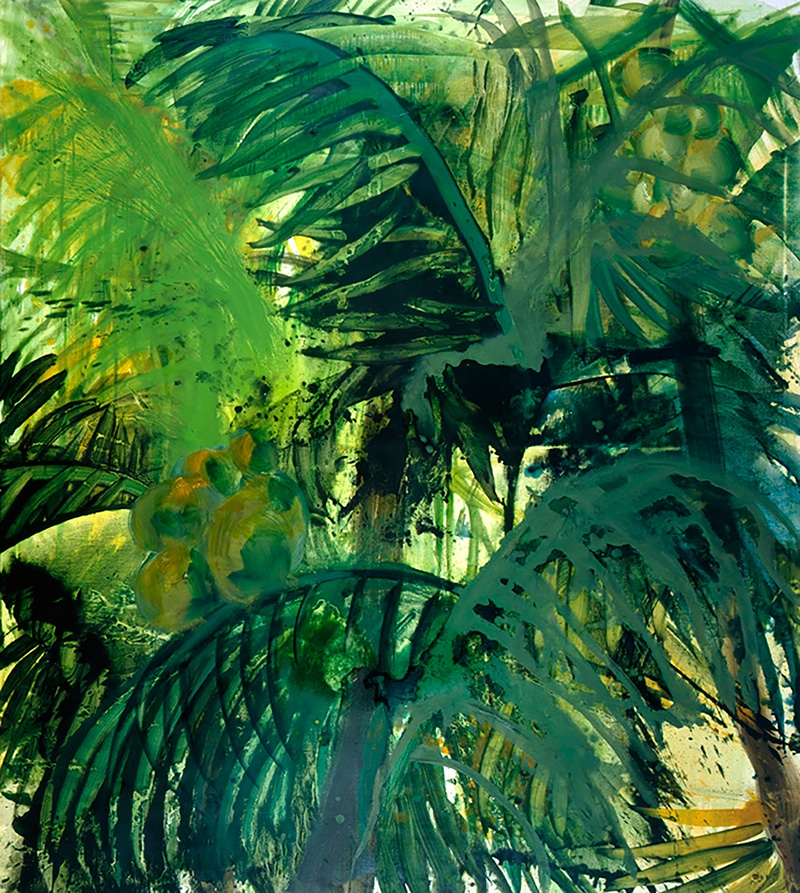
Taxis, Monsters and The Good Ole Sea, what sounds like a surrealist play on words, is the title of your new exhibition. Can you tell us a bit more about the exhibition?
Thats about it. The title describes a little what you can see.
The exhibition took place at Matthias Arnt’s agency/gallery and you have known Matthias Arndt for a while. How will the relationship between you and Matthias Arndt develop?
The main show with this title was concepted to take place in New York (Albertz Benda galerie), where I had not shown for a very long time. From here we have to go on, and I hope for a long creative cooperation with Matthias.
Is your painting technique a punk gesture/ do-it-yourself which goes back to the scene where you come from (the Berlin of the late 70s)?
That with the punk gesture is rather a cliché, but I use all kinds of ways, that help me getting on new ground, which by the way is nothing new in the arts.
When I think about Berlin, one of the most iconic images that comes to my mind, are your “Wall Paintings”, where you depitched the wall even when it was not present. Can you tell me more about this?
I don‘t want to dig something out now, that is way back in the past and break my head over it. The best thing is to give room to one‘s own fantasies by looking at the paintings.
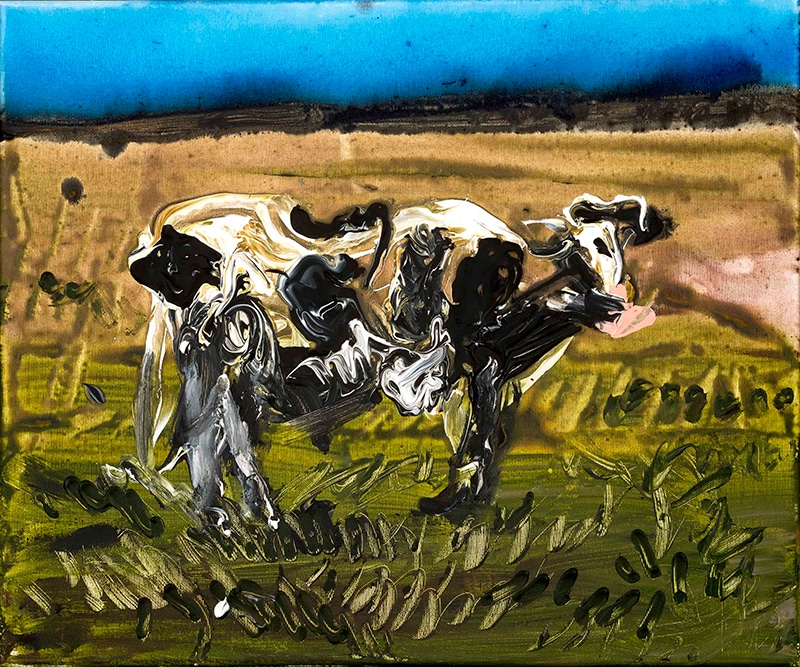
Can you tell me a bit about the Berlin of the early years? The time when you opened the gallery at Moritz Platz with the other “Wilde Maler”.
Those were the years of breaking or coming out as an artist. A very exciting time, in which artists contacts and friendships were very close. We knew our “selbsthilfe- gallery” and fighting together was the only chance to find a way into public attention.
One of the main topics of our magazine is youth culture. Youth culture has played a big role in your oeuvre. Can you tell us a bit more? Does it still play a role?
I really dont know, if “youth culture” played a role. I happened to be able to work with young models, sometimes my friends, that were willing to help me create my work.
What are your next steps in the future? Do you have any upcoming projects?
The next steps always show in retrospect, literally when they are shown in public.
How was the relationship with this the transavanguardia movement, that like you, put painting back on the map? Transavanguardia had Achille Bonita Oliva as their theoric, did you have a similar figure for the “Wilde Malerei”?
One of the big theoretics in Germany was Wolfgang Max Faust, but I don‘t believe in the theory- first -artists -follow way.
Another part of your work that we love are the crane paintings of the early 90s, which are to us as iconic as the wall paintings. How did they emerge?
They emerged after the wall fell. It took a few German years before something moved and then the cranes appeared to shape a new city.
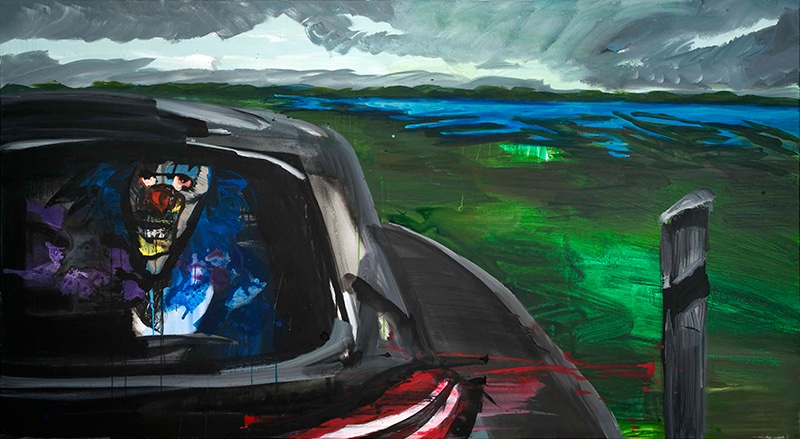
Our magazine focusses not just on cultural matters, but also fashion/satorial. How was your relationship with the fashion world, if there was any?
My longtime friend and model Desmond Cadogan was working in the fashion business, working for Mugler, Saint Laurent and others. That way I got in contact with fashion. Once I was invited by Comme des Garçons to run in Paris on stage side by side with Dennis Hopper and other bad boys.
On special occasions I dress up a little, but in my working or daily life I am dressed pretty casual.
Okay, here is our last question and we always ask this. We have the claim FUCKING YOUNG!, which means over-the-top young. So what is fucking young for you?
Exactly the same thing.
